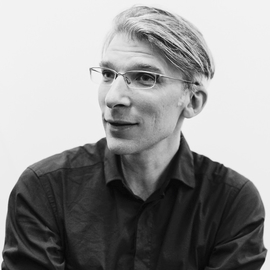Monroe in the mirror of adventurism
This text, in which critic and art historian MARIA KRAVTSOVA examines the life and adventures of VLADISLAV MAMYSHEV-MONROE through the prism of the life stories of the adventurists of the 18th century and the canon of the adventurist novel, was written long before the tragic death of the artist on March 16, 2013. Probably, for publication on the Artguide site, one could edit the text, changing the present for the past tense, but we intentionally did not do this. We do not want to translate Vladislav Mamyshev from the present to the past and we have to right to do this.
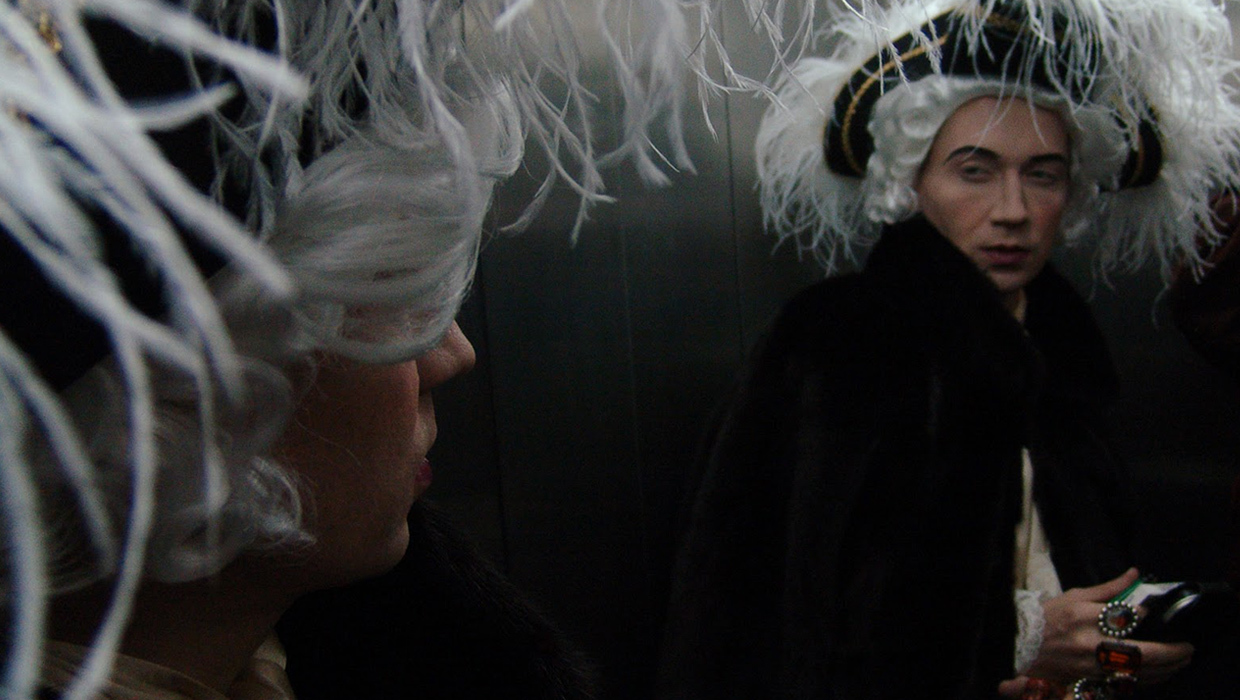 Vladislav Mamyshev-Monroe. From the project “Dostoevsky in flowers.” 2005. Courtesy of XL Gallery
Vladislav Mamyshev-Monroe. From the project “Dostoevsky in flowers.” 2005. Courtesy of XL Gallery
Vladislav Mamyshev-Monroe was obviously born late. Just about 300 years ago, in order to master the disdained trade of an artist, he would likely have joined the army of adventurers, traveling about Europe in search of Fortune, masquerading as secret messengers or actually carrying secret commissions, seducing women and men and fishing their whole existence out of the pockets of simple folk. The figure of the adventurer, marginal yet all the same emblematic of the era of the Enlightenment, is impossible today. Naturally, cheats and frauds and all the other heroes of the criminal code haven't disappeared, but they have long since lost the trappings of secret messianity and honest artistry inherent in the figure of the 18th-century adventurer.
But all the same, the spirit of adventurism occasionally is personified in our contemporaries. Thus, the biography of Vladislav Mamyshev-Monroe seems to be purposefully built according to the rules of a picaresque novel, and in the artist's fate one can see more than a few parallels to the fates of teh most famous adventurers of the 18th century: Giacomo Casanova, Stepan Zannovich, Alessandro Caliostro and particularly the Chevalier D'Eon, a brave dragoon captain in a women's dress, fulfulling diplomatic commissions from the French King Louis XV and the Russian Empress Yelizaveta Petrovna.
And in this context it is entirely unsurpising that alongside the Hitler masks and white Marilyn Monroe dress, one of Mamyshev's disguises is that of an 18th-century aristocrat. The only question is whether the artist depicts a genius loci constructed in that same century on the swamps and bones of Saint Petersburg or a concrete historical figure. And finally, as was noted by Alexander Stroyev, a researcher of the phenomenon of adventurism, “the adventurer seeks to turn his life into a work of art,” exchanging life for a novel, and a novel for life. Our artist follows this very same line, long ago having turned himself into his finest creation.
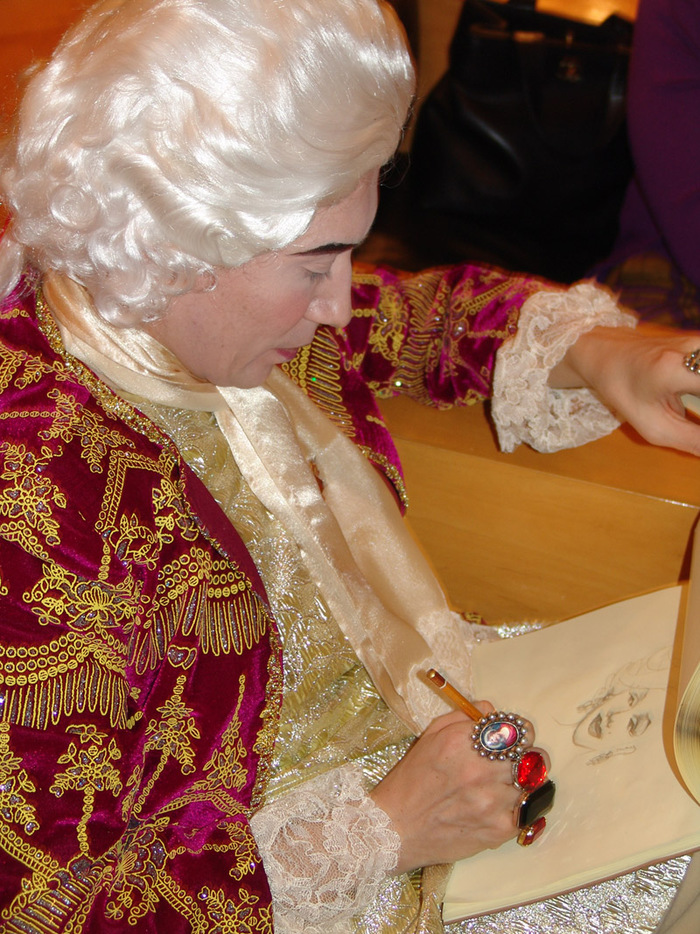
Genesis of the adventurer
We will judge Monroe and compare him to the adventurers of the era of Enlightenment using written sources — autobiographical works, writings on high society, and the letters and notes of our hero. It is unimportant how much Monroe has talked up his woes and expanded his adventures — all of the adventurers without exception did the same, each of them in their own way was an illuminator, searching for glory in the literary arena and polemicizing competitors in the pages of their own compositions. Just like a true adventurer of the 18th century, Monroe converts everything, even the unimportant events of his life (like an unsuccessful attempt to smoke a cigarette in an airplane bathroom) into literature. As early as his 30s, Monroe had already written and published several variations of his autobiography in glossy magazines and underground almanacs, and in the early '00s he held the exhibit “My Life” in XL Gallery.
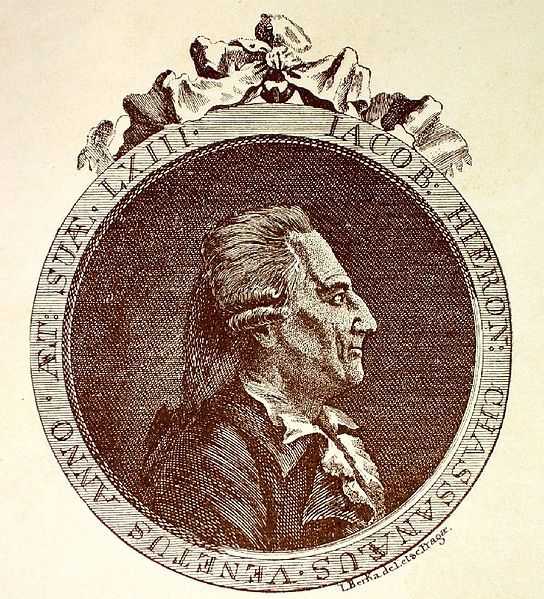
The adventurers of the Enlightenment era were frequently from the third estate or impoverished nobility. If we try to reimagine the social hierarchy within the framework of Soviet society, then it turns out that Monroe comes out of the “nobility” — the privileged party nomenclatura. “My mother was a party worker all her life and brought me up in the spirit of party morality,” he writes in one of his many autobiographies (see Vyacheslav Mamyshev, Autobiography of a professor from the faculty of the original genre of Vyacheslav Yuryevich Marilyn Monroe // in the “d'Antes” Almanac, 1999 No. 2)
His childhood and adolescence were difficult: Monroe wrote that his mother beat him with a vacuum-cleaner hose, and other children made fun of the dorky boy. The adventurer Casanova had a similarly miserable childhood — he was considered an idiot until the age of 8 and was unable to speak. The critical stage in the life of our hero was his acquaintance with a Teacher — with a capital T — Novikov. According to the artist's notes, Timur Petrovich truly saved him from impending doom. “I was wandering dismally along the empty Fontanka Embankment,” Monroe wrote. “A large brick hung about my neck, tears poured from my eyes, but I could not make up my mind to go into the water. When I reached the Anichkov Bridge, a young man saw me, he noticed my dismal appearance, the stone around my neck and the despair in my eyes. “Stop, madman, life is so beautiful!!!” his soft and tender voice pronounced.
Monroe and upbringing
Furthermore, Vladislav's life in the circle of the New Academicians resembled a typically Enlightenment era novel of upbringing, though perhaps one edited by the Marquis de Sade. We recall the well-known short film “Golden Ratio” in which Timur Novikov, leader of the New Academy, practically with passionate enjoyment cuts the naked white buttocks of Vladik, who is dressed as a schoolboy. Even after leaving St. Petersburg, Vladislav has not learned to live without protectors, people who help him in times of need, buy things, and solve complex masses of problems that Monroe himself with enviably regularity brings into his own life. Like many adventurers, Monroe has always sought the protection of powerful women. His ex-wife Tatyana Ameshina helped him abandon several fatally unhealthy habits, and gallerist Еlena Selina brought him from the margin of the art scene and made him a popular artist. A certain role in Monroe's fate is played by a kind of feminine Frenchman, Pierre-Christian Brochet, who also possesses the spark of adventurism and helped Vladislav to escape the reprisals of neighbors and police after our artist burnt the apartment of Boris Berezovsky's daughter, as well as a dog that was inside.
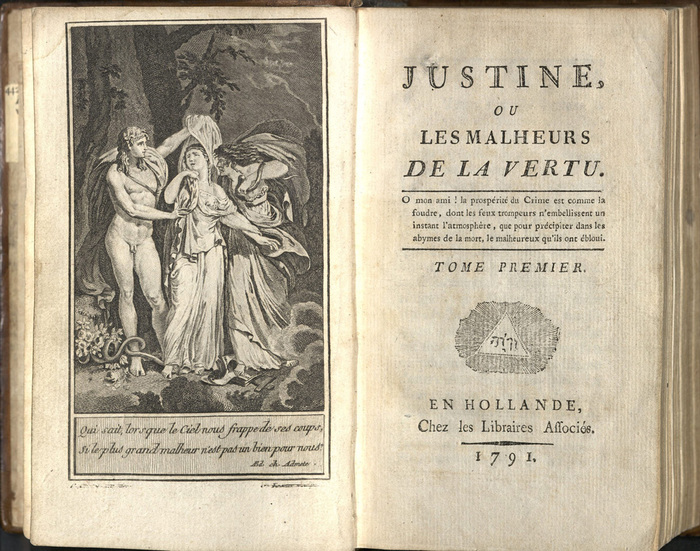
Images of Monroe — images of an adventurer
Historians have more than once emphasized the dual nature of the adventurer, his tendency towards sexual deviation and travesty. The native Mamyshev appropriated as a creative pseudonym not only the name of the American actress Marilyn Monroe. Officially recognized as a women in 1777, Chevalier d'Eon (Charles de Bomon) led half his life in a woman's dress, but all the same was no woman, but an amazon always ready for battle, and even the king of France allowed him to wear a sword with his crinolines. Adventurers not infrequently were noted for their tendency towards “Italian love.” The first editors of Giacomo Casanova's compositions had a hefty task in removing homosexual episodes from the memoirs of the legendary hero-lover. Finally, a social temperment is characteristic of an adventurer — he always feels himself a hero on a stage, all his life he acts, changing masks and roles, and simply cannot live without viewers, like our Vladik cannot live without the joy and compliments of those around him. But furthermore Vladislav, like a classic adventurer of the enlightenment, is absolutely alone, simply because he tends towards radical egotism and narcissism crossing into self-worship.
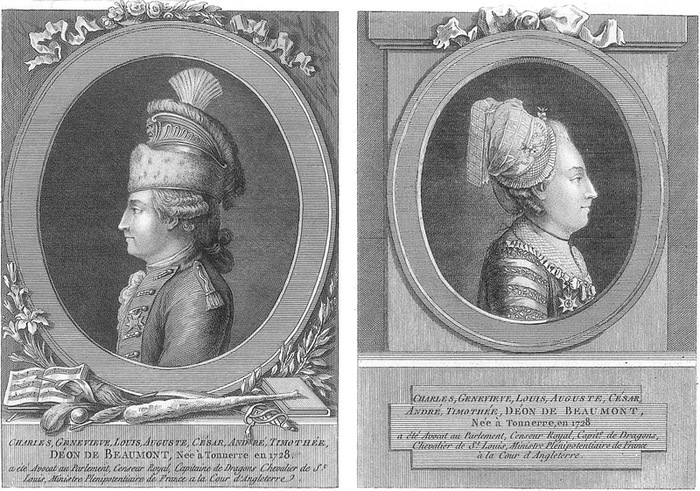
Monroe and secret diplomacy
In the 18th century, adventurers occasionally served as agents of secret diplomacy or as spies. The political adventurer Cornelius Hertz even tried to interfere in the complex relations between Peter the Great and King Charles XII of Sweden. Chevalier d'Eon, fulfilling a comission from King Louis XV, was send to the court of the Empress Elizaveta in order to prevent Russia from entering into an alliance with England against France. In one of his confessions, Monroe presents himself as an agent of Timur Novikov conducting secret diplomacy in enemy Moscow, where he went after a played-up break with the Teacher, in order to destroy the stronghold of actionism and other unclean art from within. “First thing, I brought down the notorious Yakut Gallery, turning it into a dive,” he says openly. “Ceaselessly groping and fisting (also without the help of anesthetic), I successfully broke up the Fenso and Belyaev-Preobrazhensky groups. With a not-too-shabby bit of intriguing, in hallucinosis, I succeeded in setting Anufriyev against Pepperstein… One good piece of advice I gave was long stored in a Dutch prison by that terrible artist Brener, and another good suggestion led the naive Avdei Ter-Oganyan to flee from Russian justice to Prague. Having added growth hormones to Anton [as is written in the original — M.K.] Osmolovsky's tea, I made him grotesquely fat, as a result of which he got confused, stopped organizing performances and went mad. Having turned gallerist Nikolai Palazhchenko onto the idea of homosexuality, I dared to make him close his “Spider & Mouse” gallery and embark on senseless quests for a sexual partner… and that oldest, most important task of the Teacher was finally completed in full!”
Monroe and troubles
The adventurer has a complex relationship not only with fickle Fortune, but also with cruel Fate. The knight-errant has an unhappy talent for drawing unpleasantries and tests upon himself, and the same seems to be true of our Vladik. Any voyage taken by him (and he, like a true adventurer of the Enlightenment, lives to travel) ends in scandal and pursuit. Thus, in the mid-1990s, Monroe went to Voronezh, were he was invited to the opening of a nightclub in the capacity of a capital joke and complete freak. However, as might be anticipated, travel to the Chernozemye region ended tragically for our rogue. The security guards assigned by the organizers to the star from the capital took Monroe hostage with the banal goal of receiving a ransom from his mother. But Monroe freed himself from bondage absolutely in the spirit of the 18th century, like a hero from an adventure novel about capture by pirates, with the help of strong language and the word of God. “I began to call upon them to show Orthodox virtue, basing my argument on the well-known phenomenon that we are all brothers in Christ,” Monroe later confessed. “It partially worked — that is it worked on three of the five of them. With them, I made an escape from captivity. Then we rambled about Voronezh for another three days, hiding from crazy cops and bandits who had been sent by those two “unchristian” ones. Somehow we got on a train, and long afterwards in both capitals I would wake up each night in a cold sweat from nightmares…”
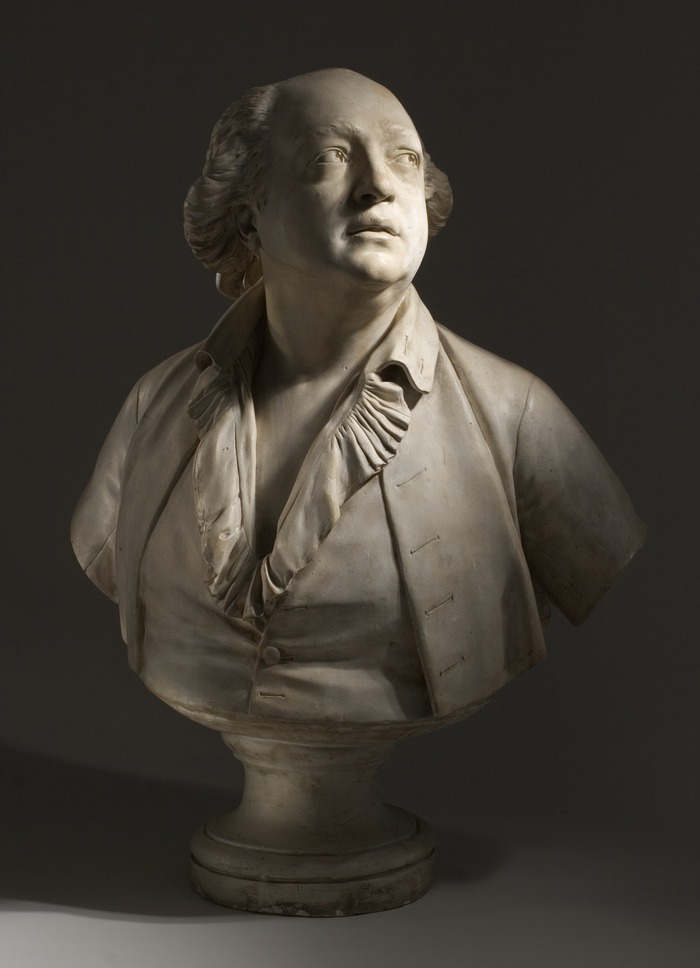
Monroe and day-dreaming
Like the adventurer of the Enlightenment, Monroe has characteristically shameless elaborate schemes, which are by no means some new, latest neams to sponge money off of trusting rich folk. Having arrived in the 1860s on the basis of rumores of a fabulously wealthy Russia, the adventurer Bernardin de Saint-Pierre heaped wholly inconceivable projects before Catherine the Great. He proposed postal reform, enabling delivery by means of cannonballs, and also suggested drawing to the empty empire more adventurers, who could begin to control trade between India and Europe. Monroe, of course, worked on a smaller scale. In the archive of the Regina Gallery there is a preserved letter written by Monroe to curator Oleg Kulik with a request to give him means for creating holographic works of art. Additionally, the adventurer always is always in a complex fiscal situation. Even having dragged some million pieces of gold out of influential people, Casanova somehow never became rich and at the end of his life truly eked out a wretched existence. Monroe, like a black hole, draws countless treasures to himself, but constantly sends his acquaintances touching notes with a light-hearted tone, the purpose of which is to ask to borrow small sums of money.
Conclusion
The adventurer, as he was created in the era of the Enlightenment, left the historical scene by the end of the 18th century. After the bloody French Revolution, having remade the framework of European society, a new, self-assured hero appears on the stage — the bourgeois. And the talens and artistry of an adventurer were not needed in order to lead the bourgeois by the nose. However, the spark of adventurism remained alive in artists, which is what Vladislav Mamyshev Monroe considers himself to be.
